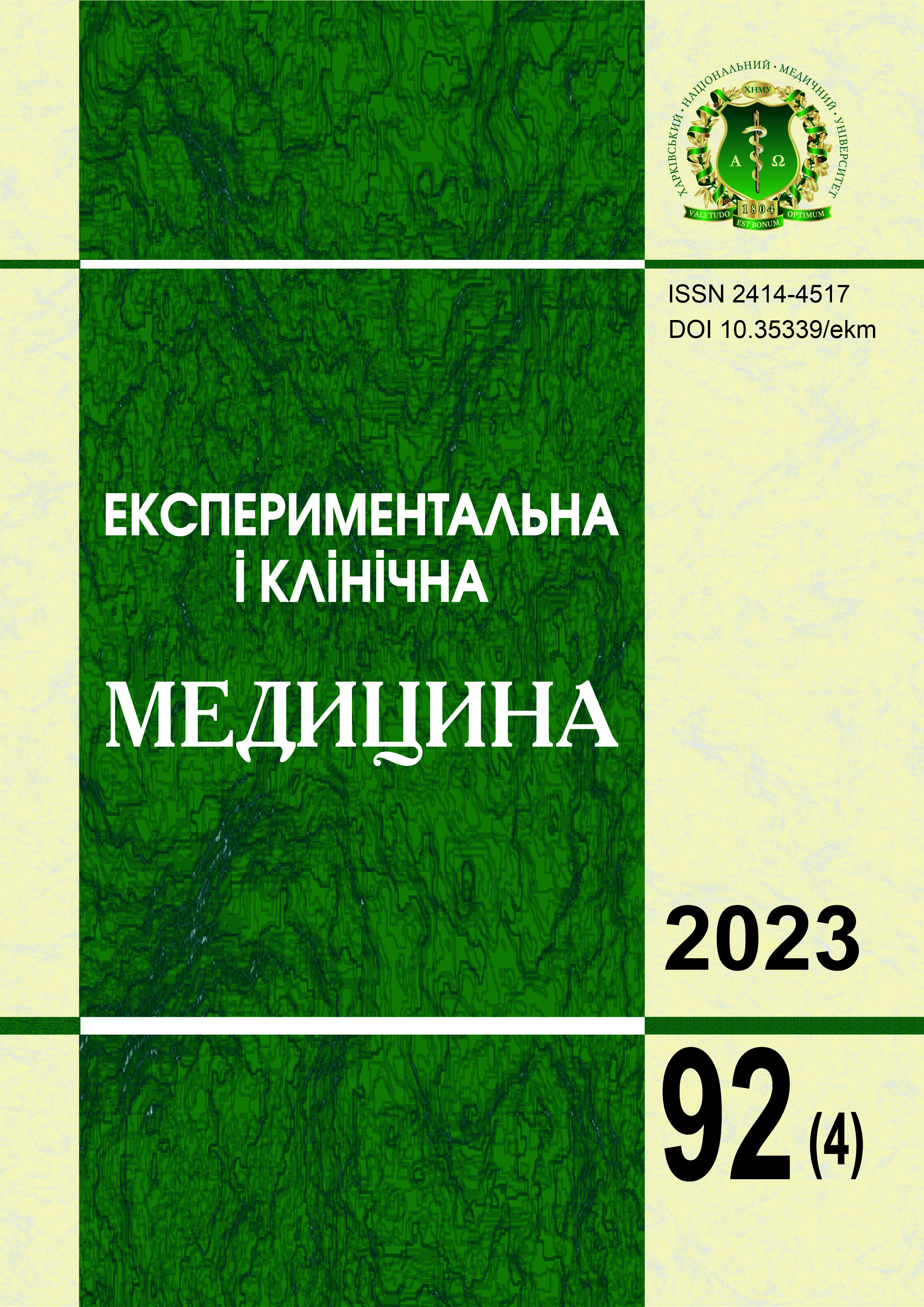Abstract
For the past 10 years, specialists in hernioplasty have noted that there is a problem with the occurrence of an adhesion process after the implantation of surgical meshes. In the future, tantalum-based coatings may become an inhibitor of the development of adhesion and inflammatory processes after surgical mesh implantation. The aim of our study was to determine the state of the antioxidant system by the activity of superoxide dismutase 1 and catalase in the blood of rats after implantation of surgical meshes coated on the basis of tantalum, tantalum oxide and tantalum nitride. After acclimatization, which lasted 21 days, the experimental animals were divided into 6 groups by random sampling: the first (intact) group included 6 rats. The second group included 6 rats that underwent surgery, but without implementation of a surgical mesh. The third group included 7 rats with an implanted surgical mesh coated with tantalum. The fourth group included 7 rats with an implanted surgical mesh covered with tantalum oxide. The fifth group includes 7 rats with an implanted surgical mesh covered with tantalum nitride. The sixth group included 7 rats with an implanted surgical mesh without a coating. To achieve the goal, 40 laboratory rats were implanted with surgical meshes between the abdominal wall and various sections of the large intestine. After 28 days, the activity of SuperOxide Dismutase 1 (SOD 1) and catalase was determined in the blood of the animals. SOD 1 activity was statistically 126.3% higher, and catalase activity was 92.5% higher in the experimental group with surgical mesh without coating. SOD 1 activity was 126.6% higher and catalase activity was 100.0% higher in the experimental group with tantalum nitride coated surgical mesh. In the groups implanted with polypropylene surgical meshes coated with tantalum and tantalum oxide, the activity of SOD 1 was higher by 86.2% and 97.1%, respectively, and the activity of catalase was higher by 70.3% and 67.6%, respectively. As a result of the study, we came to the conclusion that coatings made of tantalum and tantalum oxide demonstrate high biocompatibility in comparison with the results of a group of experimental animals that were implanted with a surgical mesh without a coating. The use of tantalum and tantalum oxide coatings provides a protective effect of the implant against oxidative damage, which indicates their potential to improve the effectiveness of the use of surgical meshes.
Keywords: tantalum oxide, superoxide dismutase 1, catalase.
References
Seifalian A, Basma Z, Digesu A, Khullar V. Polypropylene Pelvic Mesh: What Went Wrong and What Will Be of the Future? Biomedicines. 2023;11(3):741. DOI: 10.3390/biomedicines11030741. PMID: 36979721.
Bredikhin M, Gil D, Rex J, Cobb W, Reukov V, Vertegel A. Anti-inflammatory coating of hernia repair meshes: a 5-rabbit study. Hernia. 2020;24(6):1191-9. DOI: 10.1007/s10029-020-02122-9. PMID: 32026188.
Sahlender B, Windolf J, Suschek CV. Superoxide dismutase and catalase significantly improve the osteogenic differentiation potential of osteogenetically compromised human adipose tissue-derived stromal cells in vitro. Stem Cell Res. 2022;60:102708. DOI: 10.1016/j.scr.2022.102708. PMID: 35180586.
Yu S, Shi W, Houshyar S, Wang X, Ma P. Preparation and performances of coated polypropylene hernia mesh with natural biomaterials, Colloid and Interface Science Communications. 2021;45:100535. DOI: 10.1016/j.colcom.2021.100535.
Pace B, Bendavid A, Ahsan M, Dargusch M, Bhatia V, Byrnes J, Cairney J. Tuning Ta coating properties through chemical and plasma etching pre-treatment of NiTi wire substrates. Surface and Coatings Technology. 2021;418:127214. DOI: 10.1016/j.surfcoat.2021.127214.
Huang G, Pan ST, Qiu JX. The Clinical Application of Porous Tantalum and Its New Development for Bone Tissue Engineering. Materials (Basel). 2021;14(10):2647. DOI:10.3390/ma14102647. PMID: 34070153;
Tomusiak-Plebanek A, Heczko P, Skowron B, Baranowska A, Okon K, Thor PJ, Strus M. Lactobacilli with superoxide dismutase-like or catalase activity are more effective in alleviating inflammation in an inflammatory bowel disease mouse model. Drug Des Devel Ther. 2018;12:3221-33. DOI: 10.2147/DDDT.S164559. PMID: 30319243.
Kalaba S, Gerhard E, Winder J, Pauli E, Haluck R, Yang J. Design strategies and applications of biomaterials and devices for Hernia repair, Bioactive Materials, 2016;1(1):2-17. DOI:10.1016/j.bioactmat.2016.05.002. PMID: 28349130.
Protsepko O, Voisard P, Kuhn C, Maccagno A, Dannecker C, Jeschke U, et al. Induction of a different immune response in non-titanized compared to titanized polypropylene meshes. Acta Biomater. 2023;169:363-371. DOI: 10.1016/j.actbio.2023.08.018. PMID: 37579913.
Baylon K, Rodriguez-Camarillo P, Elias-Zuniga A, Diaz-Elizondo JA, Gilkerson R, Lozano K. Past, Present and Future of Surgical Meshes: A Review. Membranes (Basel). 2017;7(3):47. DOI:10.3390/membranes7030047. PMID: 28829367.
Gee ECA, Eleoterio R, Bowker LM, Saithna A, Hunt JA. The influence of tantalum on human cell lineages important for healing in soft-tissue reattachment surgery: an in-vitro analysis. J Exp Orthop. 2019;6(1):40. DOI:10.1186/ s40634-019-0210-8. PMID: 31659540.

This work is licensed under a Creative Commons Attribution-NonCommercial-ShareAlike 4.0 International License.

